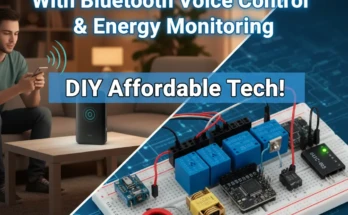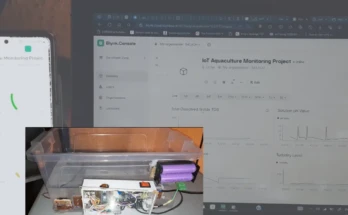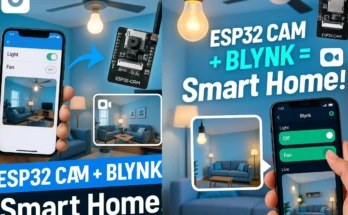Introduction: Why Choose 360-Degree Cameras for Home Surveillance?

Have you ever wished your security camera could see every corner of your room? Like having eyes everywhere at once? Well, that’s exactly what 360 home security cameras bring to the table. Instead of relying on multiple cameras to cover different angles, a single 360-degree camera captures everything in one go. For full home surveillance, this is a game-changer.
But with so many options out there, how do you pick the best 360-degree cameras for full home surveillance? Don’t worry—I’ve got you covered. Let’s dive into everything you need to know about these nifty gadgets, why they matter, and which models stand out in 2025.
What Is a 360-Degree Camera?
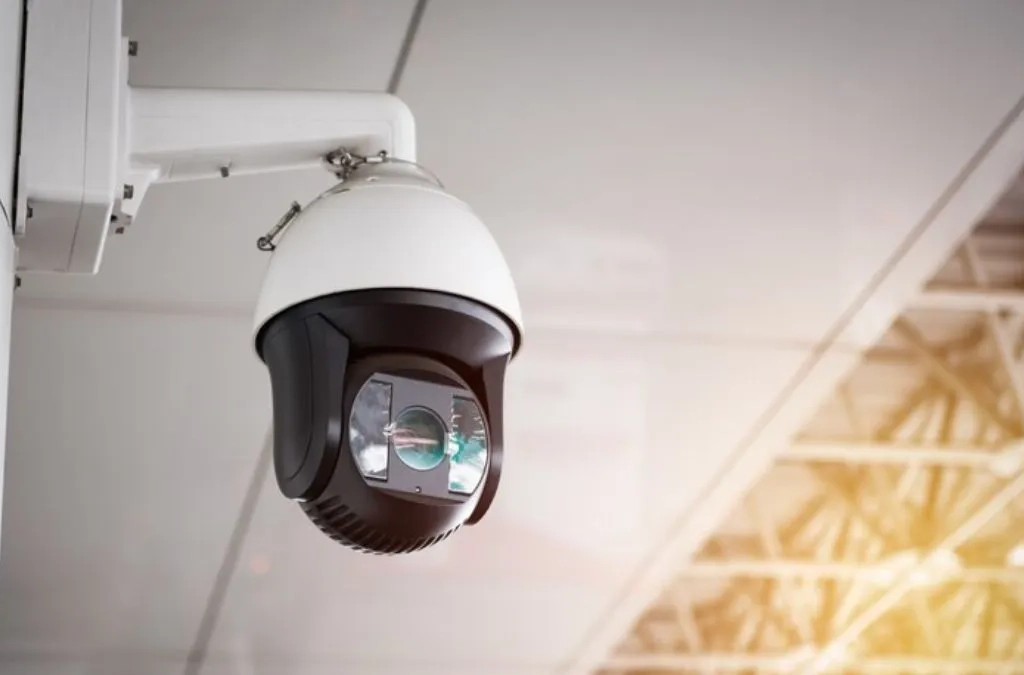
Imagine a camera that doesn’t just snap one scene, but records a full sphere around it—top, bottom, left, right—everything. That’s what 360 home security cameras do. They use special lenses or multiple lenses to stitch together a full panoramic view. This means fewer blind spots and much better coverage.
Why Are 360-Degree Cameras Ideal for Home Surveillance?
All-Around Monitoring Without Blind Spots
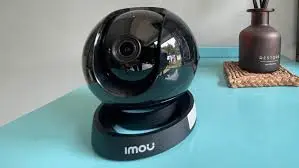
Traditional security cameras can only capture a limited area, so you often need several cameras to cover an entire room or property. 360 home security cameras solve this by capturing everything in one shot.
Cost-Effective and Space-Saving
One 360 home security camera can replace multiple standard cameras. This not only cuts down on cost but also simplifies installation and maintenance.
Easy Remote Monitoring
Most modern 360-degree cameras connect to your phone or computer, letting you see your home in real-time from anywhere. Whether you’re at work, on vacation, or just in the backyard, your home is always a tap away.
Key Features to Look For in a 360-Degree Home Surveillance Camera
Image Quality
Look for cameras with at least 1080p resolution. Higher resolution means sharper, clearer images. Some top models even offer 4K.
Night Vision
Security isn’t just a daytime job. Night vision is a must-have for capturing details in low-light or total darkness.
Motion Detection and Alerts

You want your camera to alert you when something moves, not just record everything all the time. Motion detection saves storage and sends you instant notifications.
Two-Way Audio
This lets you listen and talk through the camera, which is great for communicating with family, pets, or even warding off intruders.
Storage Options
Does the camera save footage locally via SD card, or upload to the cloud? Cloud storage is safer in case the camera gets tampered with.
Easy Installation
You don’t want to spend hours fiddling with wires or complex setups. Look for cameras that are wireless or easy to mount.
Top 5 Best 360-Degree Cameras for Full Home Surveillance in 2025
1. Insta360 ONE X3
- Resolution: 5.7K video
- Special Features: FlowState stabilization, HDR video, waterproof
- Why It’s Great: This camera delivers super crisp images and smooth video. Its compact design fits well in any home setup, and the app is intuitive for remote monitoring.
2. Ricoh Theta Z1
- Resolution: 23MP still images, 4K video
- Special Features: High dynamic range, professional-grade lens
- Why It’s Great: Known for crystal-clear images and excellent color reproduction, the Theta Z1 is perfect if you want sharp surveillance footage with lifelike details.
3. Kandao QooCam 8K
- Resolution: 8K video
- Special Features: 3D 360-degree video, advanced stabilization
- Why It’s Great: Offers stunning ultra-high resolution, making it easy to zoom in without losing quality—a huge plus for security.
4. Vuze XR
- Resolution: 5.7K video
- Special Features: Switches between 360 and 3D VR mode
- Why It’s Great: Versatile and user-friendly, the Vuze XR is great for everyday home surveillance and even occasional VR fun.
5. Fujifilm GFX100S with 360 Lens Attachment
- Resolution: Medium format sensor, high image quality
- Special Features: Professional-grade sensor with 360-degree lens
- Why It’s Great: For those wanting top-notch image clarity and detail, this camera is an investment that doubles as a home security and professional photography tool.
How to Install a 360-Degree Camera for Full Home Coverage
Step 1: Pick the Best Spot
Place the camera in a central location that can see the most area. Ceilings or high corners usually work best.
Step 2: Secure the Mounting
Use wall or ceiling mounts. Some models come with magnetic bases for easier positioning.
Step 3: Connect to Power and Network
If wireless, ensure a strong Wi-Fi signal. For wired, plan for cable management.
Step 4: Configure Settings
Download the app, set up alerts, define motion zones, and test night vision.
Benefits of Using 360-Degree Cameras Over Traditional Cameras
Fewer Devices, Less Clutter
Instead of mounting five or six cameras around the house, one 360-degree camera does it all.
Easier Monitoring
You don’t have to switch between different camera feeds. Just pan or zoom inside one panoramic view.
Better for Large Rooms and Outdoor Spaces
Places like living rooms, hallways, or even backyards can be monitored easily.
Potential Drawbacks to Consider
Price
360-degree cameras tend to be pricier upfront than basic security cameras.
Image Distortion
Some 360 cameras may create “fisheye” effects, though newer tech reduces this.
Bandwidth Usage
Streaming high-res 360 video uses more internet data, so make sure your home Wi-Fi can handle it.
How to Maximize Your 360-Degree Camera’s Performance
- Use a strong Wi-Fi connection for seamless streaming.
- Regularly update your camera’s firmware.
- Position the camera to avoid direct sunlight glare.
- Customize motion zones to avoid false alarms from pets or trees.
- Backup important footage to cloud storage.
Comparing Wired vs. Wireless 360-Degree Cameras
| Feature | Wired Cameras | Wireless Cameras |
|---|---|---|
| Installation | More complex, requires cables | Simple, no wires needed |
| Reliability | Stable connection | Dependent on Wi-Fi strength |
| Flexibility | Fixed position | Easy to move around |
| Power Supply | Continuous power supply | Battery life dependent |
Common Myths About 360-Degree Surveillance Cameras
- Myth 1: 360 cameras only work indoors.
Truth: Many models are weatherproof and perfect for outdoor use. - Myth 2: 360 cameras invade privacy more than normal cameras.
Truth: Privacy depends on where and how you install it. Smart users balance security and privacy with smart placement. - Myth 3: They’re too complicated to use.
Truth: Most modern cameras come with apps that make setup and monitoring super easy.
How 360-Degree Cameras Integrate with Smart Home Systems
Many 360 cameras now work with Alexa, Google Home, or Apple HomeKit. This means you can ask your voice assistant to show you the camera feed or even record footage without lifting a finger.
What About Privacy and Security?
Having a camera watching your home is great for safety but raises concerns about data security. Always:
- Use strong passwords.
- Enable two-factor authentication.
- Choose brands with strong privacy policies.
- Regularly update firmware to patch vulnerabilities.
Budget Options vs. Premium Models: What Should You Choose?
If you just want basic surveillance, budget 360 cameras are fine. But if image quality, durability, and features like 4K or AI motion detection matter to you, premium models are worth the investment.
A Must Read for All Poultry Farmers: A Poultry Nutrition Guide
Tips for Choosing the Right 360-Degree Camera for Your Home
- Assess your home size and layout.
- Decide if you want indoor, outdoor, or both types.
- Think about your tech comfort level.
- Check customer reviews and brand reputation.
- Look for warranties and customer support.
The Future of Home Surveillance with 360-Degree Cameras
With AI-powered object recognition, voice control, and better cloud integration, 360 home security cameras will get smarter, easier to use, and more reliable. Imagine a security system that not only watches but understands what’s happening around your home.
You Won’t Believe These INSANE Animal Kingdom World Records!
Conclusion: Is a 360-Degree Camera Right for Your Home?
If you want complete coverage with fewer cameras, simpler monitoring, and smart features, a 360 home security camera is a solid choice. They bring the future of home security right into your living room—giving you peace of mind and a clear view of everything that matters..
The AIDS Epidemic: A Retrospective on the Crisis, Activism, and Medical Breakthroughs
FAQs About 360-Degree Cameras for Home Surveillance
Q1: Can 360-degree cameras replace all my traditional security cameras?
A1: For many homes, yes. However, some areas may still benefit from specialized cameras like doorbell cams or driveway sensors.
Q2: Do 360-degree cameras work well in the dark?
A2: Most good models come with infrared night vision, so they work well even in complete darkness.
Q3: How do I prevent false motion alerts?
A3: Customize motion detection zones and sensitivity settings to reduce false alarms from pets or moving trees.
Q4: Can I access my 360-degree camera feed remotely?
A4: Yes, almost all modern 360 cameras offer remote viewing via smartphone apps.
Korean Celebrities Who Are Known for Their Environmental Activism
Q5: Are 360-degree cameras vulnerable to hacking?
A5: Like any connected device, they can be, but using strong passwords and firmware updates greatly reduce risk
